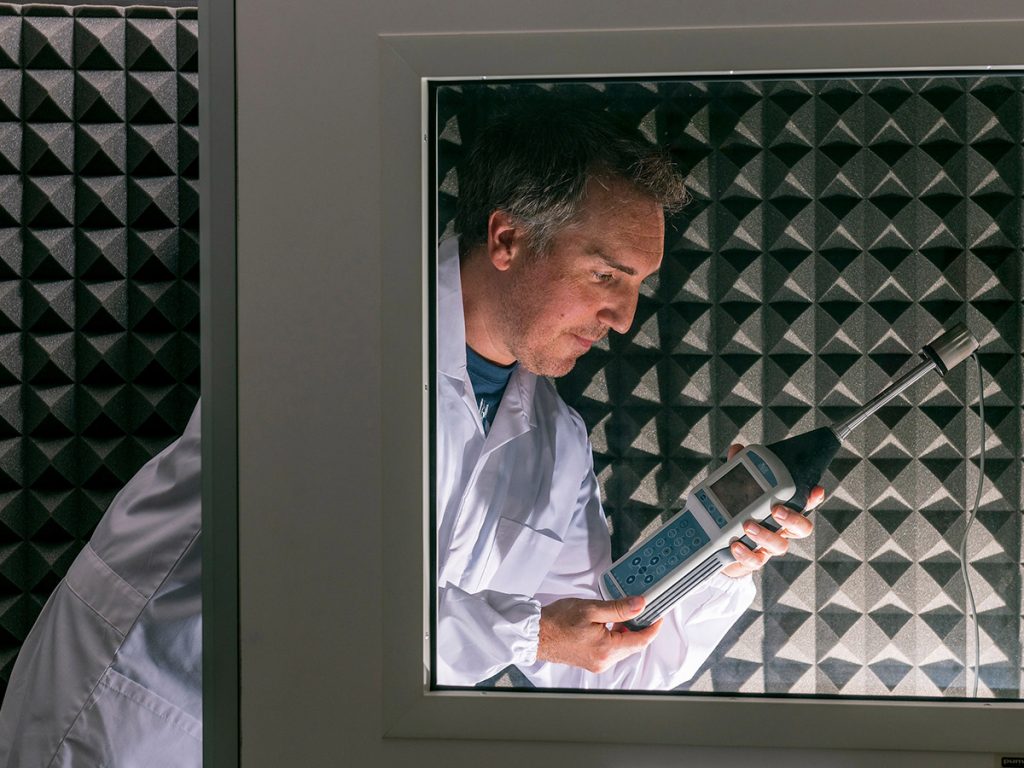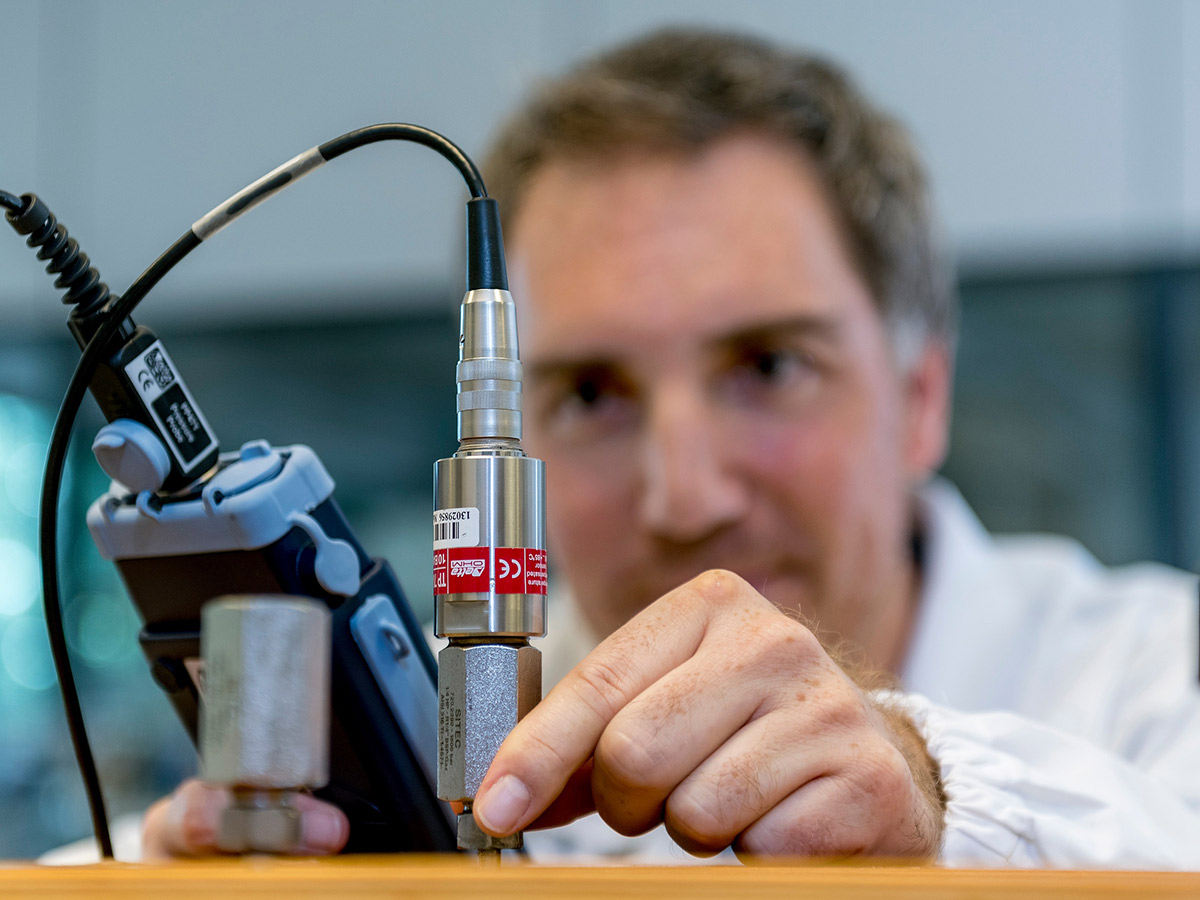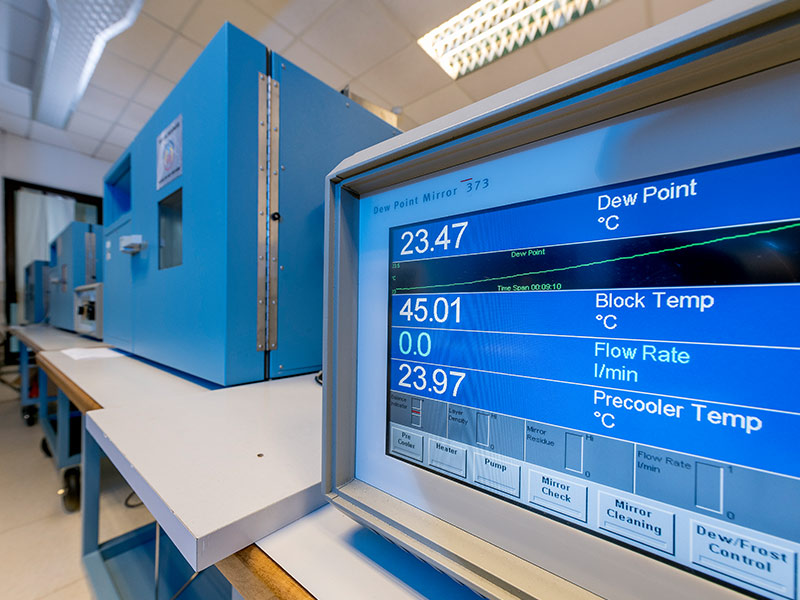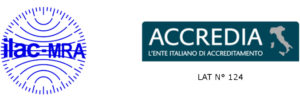From an external perspective, the calibration of measuring instruments can be difficult to be understood.
In so many applications, it is well-known how crucial it is to calibrate the measuring instruments that are being used. We have already described, for example, the calibration of a thermo-hygrometer. In future articles, we will take a closer look at some of the production and quality processes in companies for which it is necessary to ensure that the measurements taken are reliable, precise and traceable.
Today, however, we want to address a practical aspect. In order to answer the question “What happens inside the Senseca calibration laboratory?” we start by telling you about the path that an instrument to be calibrated follows through our offices.
First step: direct or indirect management of the order
If you need to calibrate an instrument, you can contact our Calibration Centre directly by email, or use the form on our website.
Your request should include Brand, Model and serial number of the instrument, as well as the relevant probe, if present. If available, it is also suggested to send a technical data sheet of the instrument to be calibrated.
Our Calibration Sales Department will verify the feasibility of your request.
In case of instruments by other manufacturers, our Sales Office will personally provide you with a quotation for the calibration. In this case, we will be managing the order directly.
If the instrument is manufactured by Senseca and was purchased via one of our authorised distributors, our sales department will address you to the same dealer, who will assist you with the quotation (indirect management).
Once the quotation has been confirmed, you can send in your order (or send it to the dealer, in the case of indirect management) and dispatch your instrument, equipped with delivery note, by following the instructions received.
Requirements for instruments to be calibrated
Cleaning and decontamination
Not only instruments, but also accessories and packaging (carrying cases, housings, cables) must be cleaned and sanitised before being shipped. When coming from nuclear plants, chemical or chemical-pharmaceutical companies and hospitals, instruments must also be properly decontaminated so that they are free of potentially dangerous chemicals for our operators.
Manuals and other useful documentation
If produced by manufacturers other than Senseca, the instruments must be accompanied by a manual and/or instruction booklet, connection diagrams, operating instructions, cables and accessories for correct operation.
Operation
Each item delivered to our Centre will have to be fully functional and in compliance with the relevant specifications.
The calibration work steps
Once at our warehouse, the personnel in charge verify that the instrument is accompanied by the delivery note, is in good conditions and cleaned. Any anomaly or discrepancy is reported to our Calibration Sales Department, which notifies the customer.
Then, our Sales Department takes care of verifying the compliance with the order/offer. Once the order is processed and the worksheet is issued, the instrument arrives at the destination laboratory, where it remains on standby for 24 hours for stabilization.
Only at this point the calibration itself takes place, according to the scheduled programmes. Here the procedures and methodologies differ, which is why we are preparing several articles by explaining how the different laboratories work.
Once the calibration is completed, the logistics/shipping department draws up and issues the transport documents, put the Calibration Certificates inside the parcel together with the instruments and arrange the shipment according to the agreements.
In case the customer orders the calibration with the issue of the Certificate in PDF format with digital signature, the Certificates are sent by e-mail











